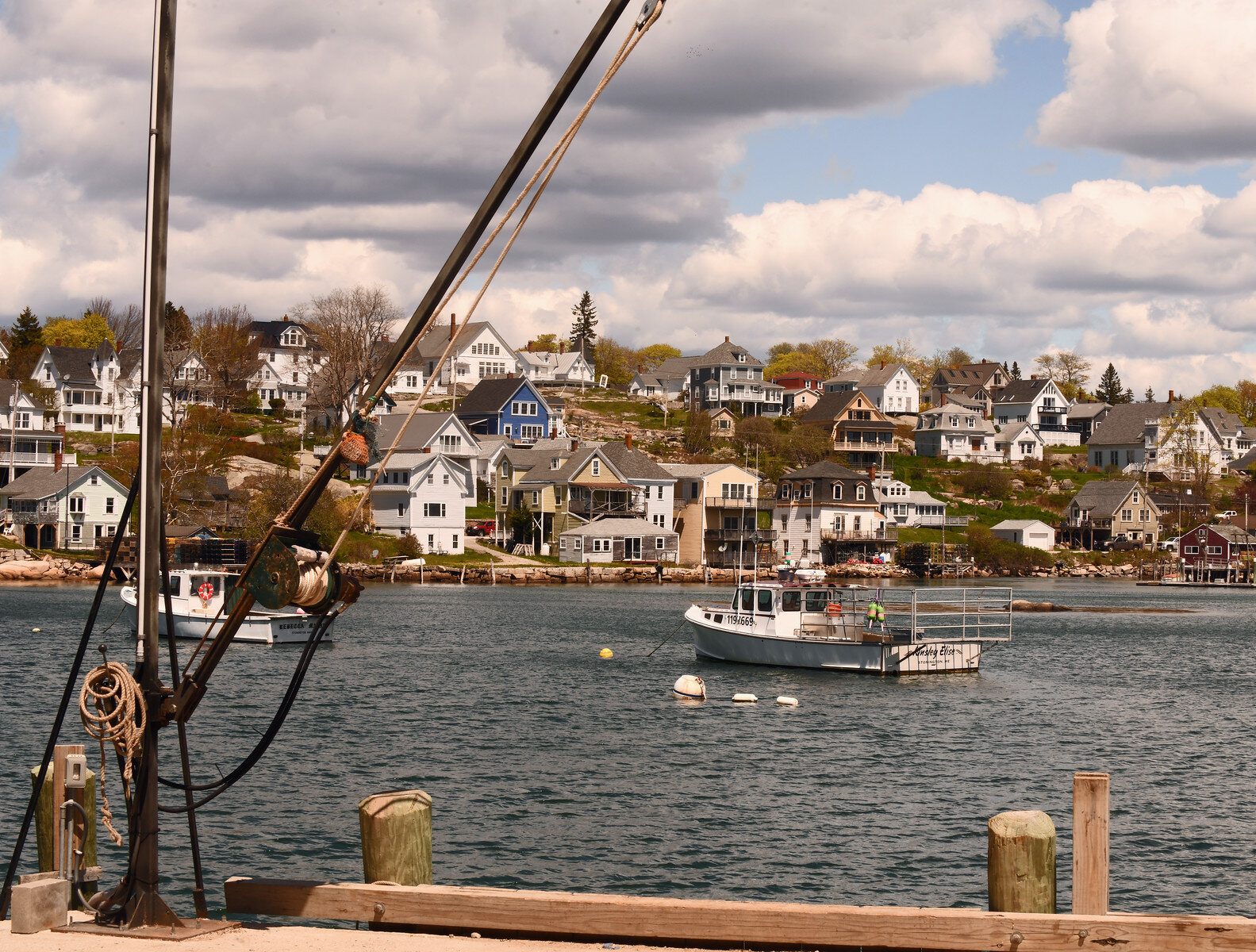This is one of three scruffy ducks that were loafing in our pond yesterday, probably conspiring to do no good. They were faux male Mallards and their history is more interesting than their appearance.
A pure drake Mallard and his mate are beautiful birds But, many would argue that there are too many Mallards and there is trouble and unnatural brazenness in wildlife numbers. This is especially so when the wildlife becomes dependent on humans. It’s thought that wild Mallards were the first ducks to be captured and bred by prehistoric man, thus becoming the forebears of domestic ducks.
Leighton Archive Image
Now, Mallards have become, by far, the most abundant duck in many jurisdictions, including Maine. Yet, they often are not native to their present locations, including Maine. They have the unfortunate luck to being a favorite bird to breed and introduce for hunting. There are records of hundreds of the birds being raised on State preserves for hunting in Maine in the 1940s. (See Vickery, Birds of Maine [2020] at 110.)
Mallards reportedly have been introduced successfully by humans throughout South and Central America, the Falkland Islands, South Africa, Australia, and New Zealand. Their success is, in part, due to their being good and abundant breeders – and not just with other Mallards.
Which brings us back to the three drakes loafing in our pond. Note that their heads appear mostly black and somewhat dingy. They apparently lack the full range of glossy green-reflecting head feathers that pure Mallard drakes have. There is some fear that the duck gene pool is being polluted by Mallards breeding with other species, especially Black Ducks.
One nasty thing that unpaired Mallard drakes and their unpaired faux counterparts have in common, however, is that they gang rape (sorry, there’s no better word) lone females, practically drowning their victims. (You don’t want to see the photos.) Perhaps this is another function of overpopulation doing what it does best -- creating even more population.
Leighton Archive Image
(Brooklin, Maine)





























































































